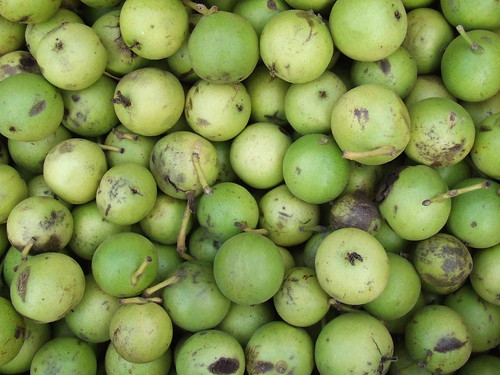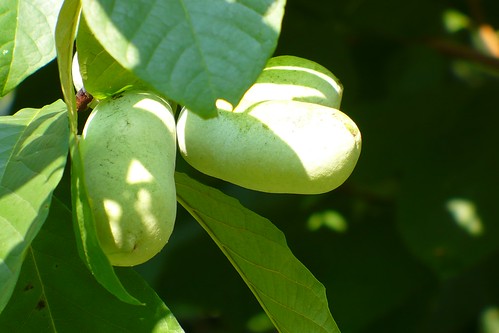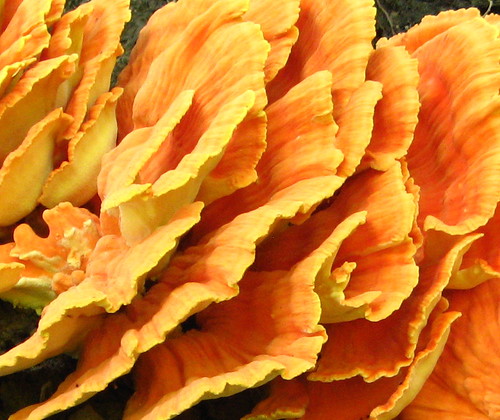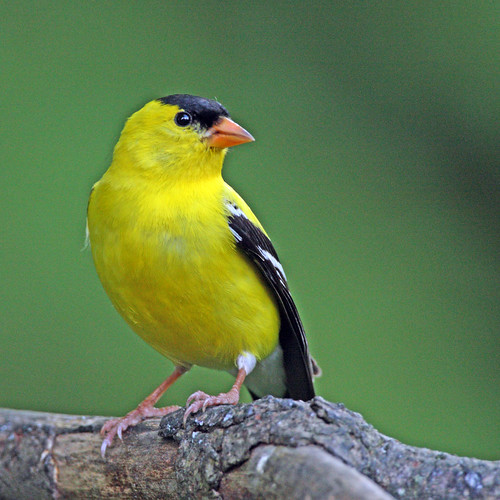More than 11,000 species of moth have been recorded in North America -- and there are probably still some that haven't been discovered yet. Here's a challenge: how many different species can you find in an evening?
There several ways you can try to increase your moth census. Many methods rely on the tendency of many moth species to fly toward light:
1. Turn on an outside light and just look for whatever stops by.
2. String up a white sheet and put a lightbulb behind it; this distributes the light and gives you a larger surface for attracting the moths.
3. String up a white sheet and put a UV light behind it; this will attract even more moths than a normal lightbulb.
4. If you want to get really into this, you can build a moth trap with a light and a funnel and leave it out for a while. Just be sure to let your moths go in a few hours, or at the latest, before the trap heats up in the morning.
Some species of moth do eat, and couldn't care less about your white sheet. For them, you can mix up a concoction of bananas and beer, with some molasses and brown sugar thrown in for good measure. Some people recommend letting this mixture ferment for several days or weeks; others say you can use it immediately. Spread this moth goo on a tree or fencepost (not on anything that can't be stained) in the late afternoon and see who comes in for a snack over the course of the evening.
Once you've attracted some moths, you can either just enjoy them for their diversity and beauty, or you can pick some that you want to identify. There are three amazing web sites that can help with identification if you're so inclined.
- BugGuide.net has an extensive collection of moth pictures organized by family. You can browse through until you find a likely family, then drill down until you think you've found your moth.
- Or, try your luck with this binomial key from North Dakota State University, which will ask you to look at a series of things about your moth (starting with the shape of the antennae) to narrow down your identification.
- Bob Patterson has photographed over 1,000 moths and listed the pictures on his website Moths of Prince George's County.

Photo credit: David Heise








